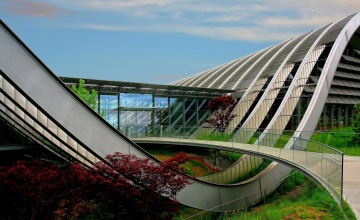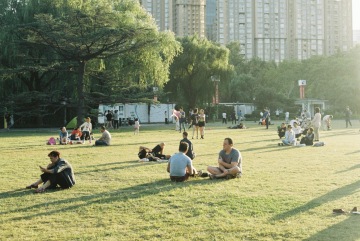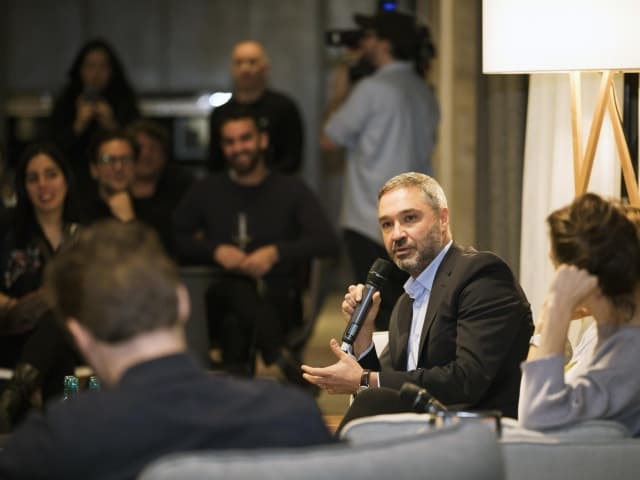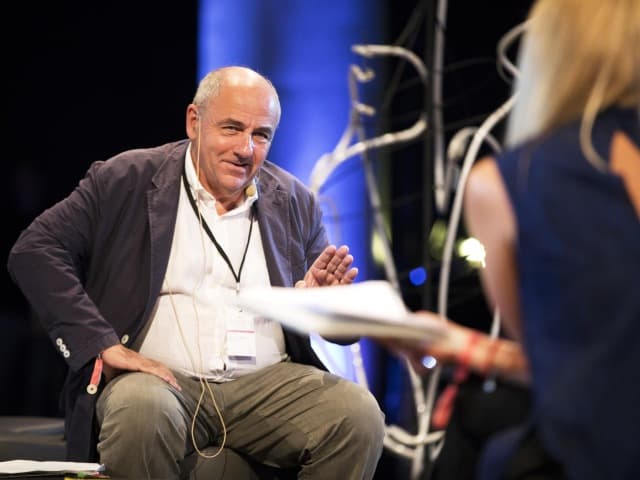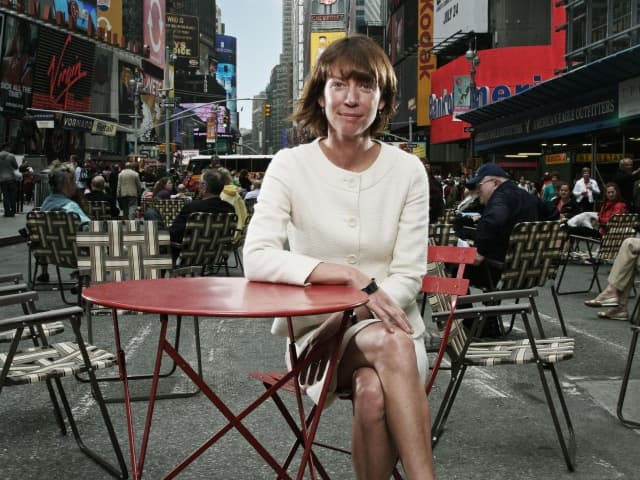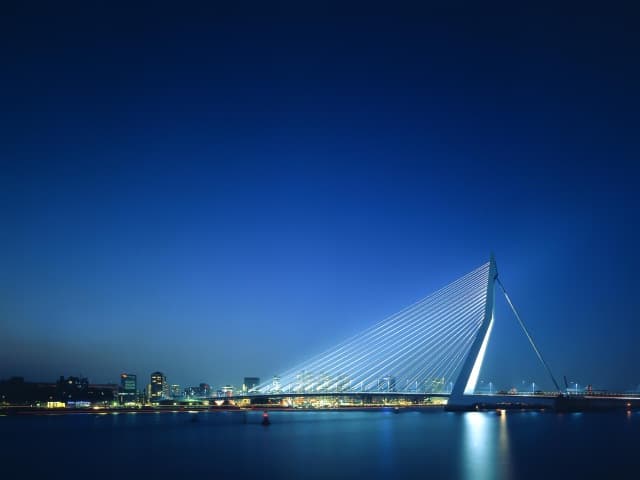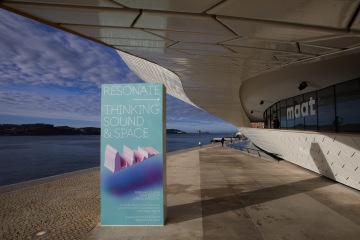
Let it RESONATE
reSITE and MAAT explored all about the omnipresence of sound in architecture
Over 320 visitors attended and engaged at RESONATE | Thinking Sound and Space, a first ever conference focused exclusively on the intersection of Architecture and Sound. The event, powered by MAAT and reSITE in collaboration with Meyer Sound, occurred at the MAAT Museum in Lisbon, Portugal on February 12th, 2018.
Elizabeth Diller stressed that “flexible space is driving her approach for all new cultural interventions,“ while Kjetil Thorsen concluded during the closing keynote that “creativity needs to be distinctive and people are at the center of Snøhetta’s design process.“ Michael Kimmelman’s keynote was all about the omnipresence of sound, an ignored and often underappreciated aspect in our lives, homes and public spaces.
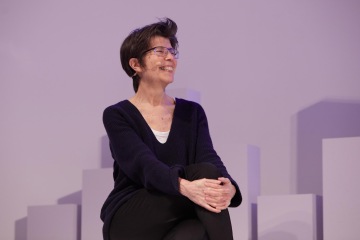
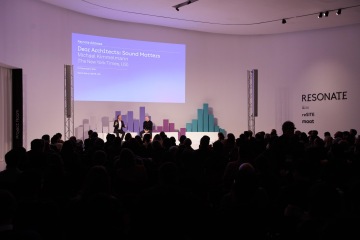
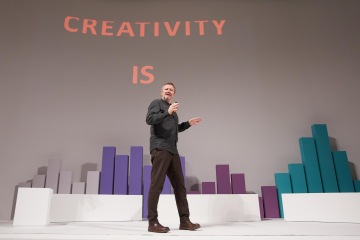
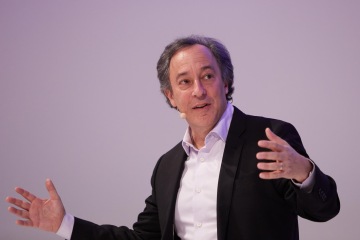
Photographs © Paulo Andre Coelho
Rooms will become smaller. Digital technology will change everything. New experiences will be pushed by sound. Architecture will hear us.
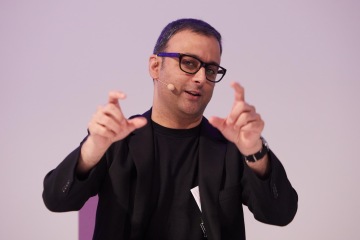
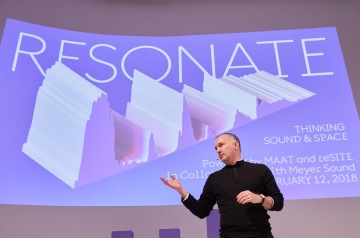
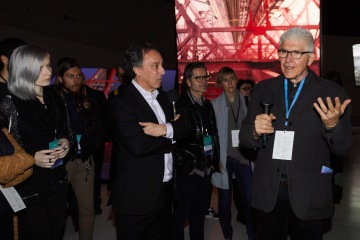
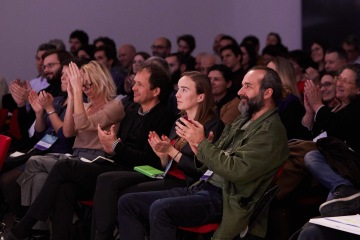
Supernatural Sound Experiences
“Any bats, owls and dolphins in the room?“ In his traditionally interactive opening, reSITE’s Martin Barry drew a parallel between supernatural auditive capabilities of those species and groundbreaking acoustic and architectural environments that result from cooperation between architects and innovative engineers as well as technologies from Meyer Sound which closely collaborated on the event. The day began with Bill Fontana who led a tour of his Shadow Soundings installation that brought to the inner oval space of the museum a choreographed fugue of the distant sounds of the 25th of April bridge and the depth of the Tagus river.
Architect becomes an engineer. Engineer becomes a musician. Musician becomes an architect.
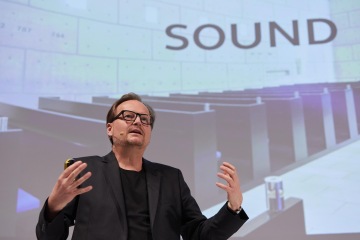
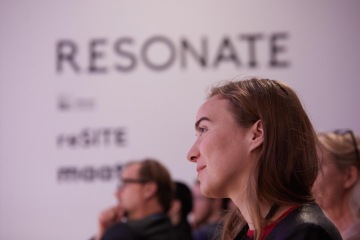
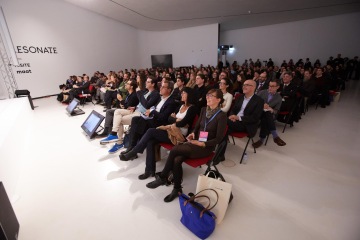
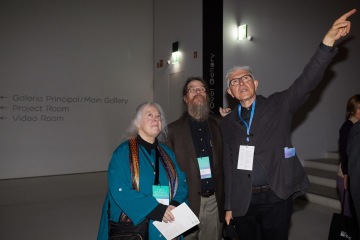
It was a really annoying sound, which has provoked the change.
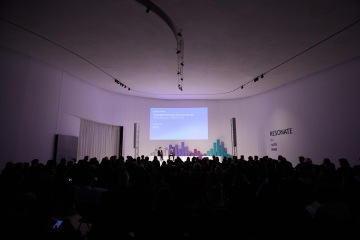
Noise and sound is different: we don’t want noise, but we want sound.
Audience Breakdown
Almost one half on the guests were women (46%), thanks to a special offer launched by the organizers to stimulate female representation at the event, and further their mission for gender balance in architecture and design. From experimental art to state-of-the-art acoustic engineering, a wide range of professions were represented including architects, sound and acoustic designers, engineers, musicians, artists and researchers, all discovered innovative and cross-disciplinary common ground of the future of acoustic spaces.
#RESONATElisbon on shared by you
Acoustics & Architecture: Past, Present & Future panel with Raj Patel @ArupGroup, John Pellowe @MeyerSound, Michael Johns @FosterPartners, moderated by Solene Wolff @plane_site #RESONATElisbon pic.twitter.com/gtD1gOolC2
— reSITE (@reSITE_) February 12, 2018
.@FosterPartners architect Michael Jones on creating acoustic environments for well-being and to bring people together in a comfortable space at the stunning new @Bloomberg building in London - proud to collaborate on this project. #RESONATELisbon with @MAAT @reSITE_ pic.twitter.com/uBS6RjL2x6
— Meyer Sound (@MeyerSound) February 12, 2018
“Grand Central Station embodies so much of what is to be in NYC. Yes, it is an informal acoustic space.” @kimmelman at #RESONATElisbon with @reSITE_ & @MeyerSound @designboom @dezeen @MonocleMag @CityLab @Publico pic.twitter.com/rO8nJuiyjQ
— Martin Barry (@martinbarry_) February 12, 2018
designboom's editor-in-chief birgit lohmann in conversation with @snohetta's founding partner kjetil trædal thorsen at today's #ResonateLisbon conference at @MAAT. #ThinkingSound @reSITE_ pic.twitter.com/LfsE5XspUS
— designboom (@designboom) February 12, 2018
Related Stories
Five Talks On Using Design for Social Impact
Socially conscious designers leverage economic, environmental, political and cultural factors and consider them in their efforts to improve the livability of the built environment.
Six Talks on Designing Cities to Include Greenspace
Cities benefit tremendously from the incorporation of greenspace, a connection to nature that is an arena to cultivate community.
Four Talks on Smart Cities: Do They Enhance or Weaponize our Environment
Technology is embedded in contemporary cities. From surveillance cameras to street lights, architects, scientists, planners, and engineers are finding new ways to streamline urban environments to improve the quality of life. Yet, some worry that increasing reliance on technology could lead to its potential abuse, especially when it comes to personal privacy.
Women Make Cities: Five Talks by Women Who Are Shaping the Urban Environment
Within the fields of architecture and urban planning, women are making their case for creating built environments that serve all genders. To close the gap of gender inequality and make spaces more inclusive and safe for women, the unique perspective provided by these speakers is essential to augmenting our idea of design. To move towards more inclusive cities, women must be at the forefront of change.
Related Talks
My City Your City: Berlin
reSITE Berlin Salon in partnership with Airbnb draws a full house
Jean-Louis Missika on Redefining Urbanism in Paris
Jean-Louis Missika, Deputy Mayor of Paris, participates in a discussion on his projects to reinvent Paris through various initiatives and chagnes. He believes that public space is the future, and is shifting towards increasing and improving this space.
Janette Sadik-Khan on the Value of Our Streets + PlaNYC
Janette Sadik-Khan, former Commissioner of the Department of Transportation of New York City, discusses programs implemented in her time in the department and the positive changes these have made. She especially focused on safety and community opinion in her policies, and presents how they made safety programs appeal to people and how much safer she made the streets for pedestrians, cyclists, and drivers.
Caroline Bos on Building Cities for the Future
Caroline Bos, a Dutch urban planner and co-founder of the architectural design center UN Studio, questions the sustainability of our current cities and how to make them last into the future. She brings up ideas of resilience in cities, working with a circular economy, and managing resources more sustainably and effectively.
